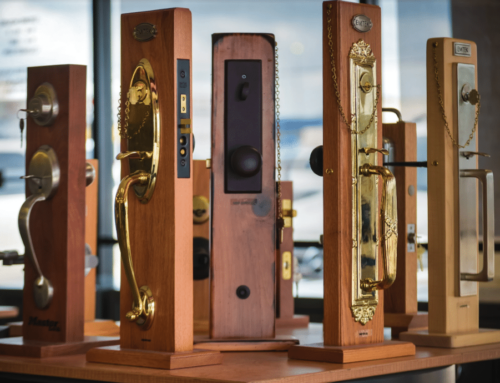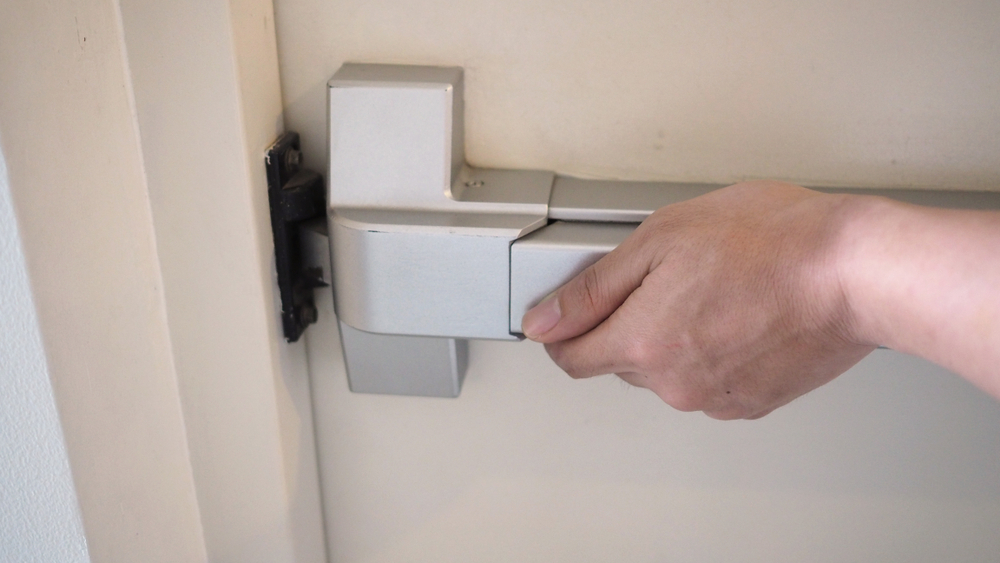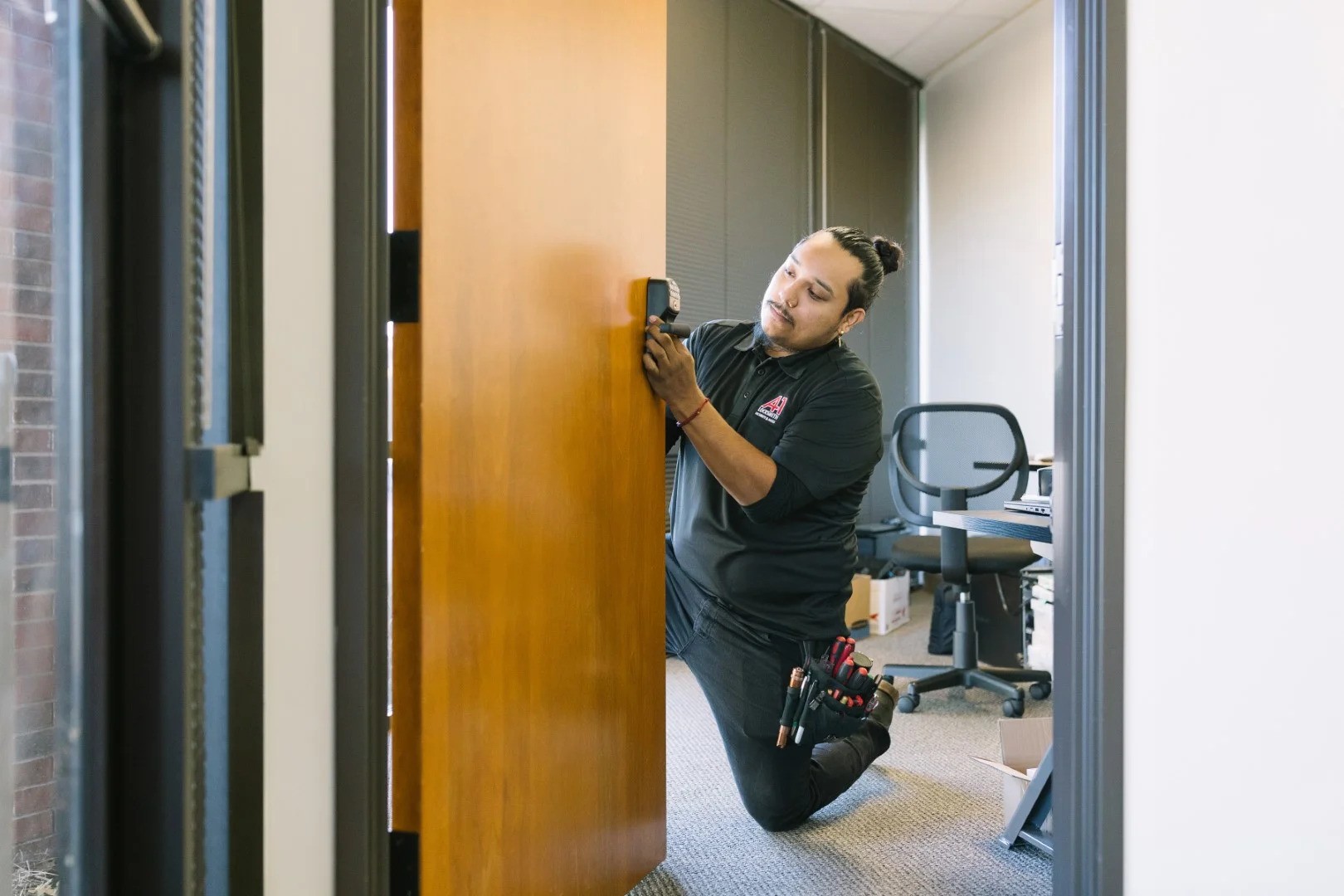Scientist Carl Sagan once said that “you have to know the past to understand the present.” This is good advice for any area where you want to increase your knowledge or make better decisions. After all, you can learn from the past—what went right, what went wrong, how things improved and what mistakes you should avoid. The history of locksmithing is no different.
Keys and locks have a long, interesting past that is beneficial to know for anyone with an interest in security. In today’s post, we’ll explore the history of keys and locks and how that technology has transformed into the options we have today.
Ancient Beginnings
The earliest known locks date back more than 4,000 years to ancient Egypt and Mesopotamia. These early locks were rudimentary, of course, but also innovative, with simple features like large wooden bolts that would secure doors. The Egyptian pin tumbler lock was discovered in the ruins of the Khorsabad palace, perhaps an example of the oldest type of lock. It operated with a key made from wood that lifted pins out of drilled holes in the bolt, allowing it to move. This fundamental concept laid the groundwork for future lock designs.
At the same time as the Egyptians, the Mesopotamians were developing similar wooden locks. But they employed a sliding bolt mechanism that required a wooden key to lift pins and unlock the door. While these early locks aren’t secure by today’s standards, they marked the beginning of a long journey in innovation and improvement in lock technology.
Greek and Roman Innovations
Key and lock technology reached the next level with the Greeks and Romans, as they introduced metal locks and keys. The Romans, in particular, get the credit for creating the first metal locks—which they did around the First Century (AD). Specifically, they used iron and bronze to craft locks that were much more durable than their wooden predecessors. Roman keys were often ornate and featured intricate designs that reflected the status of their owners.
One notable Roman invention was the warded lock, which used a set of obstructions (i.e., “wards”) that prevented the lock from opening unless the correct key—and its appropriate notches—was used. This innovation set a new standard for locking mechanisms.
Medieval Times
The medieval period was a time when locksmithing became a respected craft. Locks became more intricate and secure, pioneered by European locksmiths who began to create locks with more complex mechanisms and components like tumblers. The “skeleton key” also made its first appearance in this time period, allowing the user to open various warded locks by bypassing the wards entirely.
The first all-metal locks were produced in the 14th century in England. These locks were more durable and secure than earlier designs, and were (most importantly) more difficult to pick. The artistry of medieval locksmiths was also evident in decorative aspects of locks and keys, which featured elaborate designs and engravings.
The Renaissance
Advancements during The Renaissance gave birth to modern locksmithing and further significant advancements in lock technology. This was in large part due to innovations in metallurgy and mechanical science. One key figure in this period was Robert Barron, an English locksmith who patented the double-acting tumbler lock in 1778. His design required the tumblers to be lifted to precise heights by the key, significantly improving security.
Another major breakthrough occurred in 1784, when English inventor Joseph Bramah patented the lock with his namesake. It featured a cylindrical key and series of sliders that needed to be aligned precisely to operate. It was such a breakthrough in security technology that it remained unpicked for more than 50 years.
The Industrial Revolution
Mass production of locks and keys came about during the Industrial Revolution of the 19th century, revolutionizing the locksmith industry. These mass production techniques allowed for the creation of locks and keys on a larger scale, making them accessible and affordable. Linus Yale Sr. and his son, Linus Yale Jr., were instrumental figures in this time period, with their contributions and inventions—which included introducing the Yale pin tumbler lock in 1861. It remains one of the most widely used lock designs today.
High-quality locks were finally available to the general public and the development of combination locks, padlocks and time locks soon followed, diversifying the types of locks available on the market.
Modern Innovations
Lock and key technology continued to advance throughout the 20th century and electronic locks were another shift in locksmithing. Featuring circuits and keypads instead of keys, these locks offered enhanced security and led to keyless entry and the ability to change codes. Today, locksmithing continues to advance in complexity, with options like biometric access, temporary access codes and activity locks all accessible by the public. Moving forward, lock technology will continue to combine traditional mechanical designs with cutting-edge digital advancements, providing a more secure future for us all.
Of course, this is just scratching the surface of the history of locksmithing, keys and locks. To take your knowledge to the next level, have a conversation with a professional locksmith like you’ll find at A-1 Locksmith. We’d be happy to discuss how far keys and locks have come over the years, as well as provide recommendations for improving the security of your home, business or vehicle. Stop by one of our Dallas-Fort Worth-area locations or give us a call today.
















